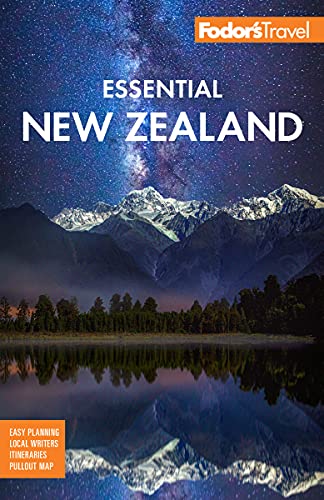New Zealand National Parks
Preserve and protect
Tongariro was New Zealand’s first national park and the fourth in the world. It was established in 1887, a mere 47 years after the Treaty of Waitangi was signed. Since then, a full one-third of New Zealand has been protected in parks and reserves. New Zealand has 14 national parks, three maritime parks, two marine reserves, three World Heritage areas, countless forest parks, and nine Great Walks—not bad for a small country.
- Island Sanctuary, Kiwi Bird Spotting: Rakiura National Park, Stewart Island
- Most Volcanic Scenery: Tongariro
- Best Scenery: Fiordland National Park
- Sea Kayaking and Skydiving: Abel Tasman. Good for sea kayaking and skydiving.
- Varying Scenery with Limestone Canyons and Pancake Rocks: Paparoa
- Beach Getaway: Kahurangi
- Tallest Mountain: Aoraki/Mount Cook
- Higest Pass Through Mountains: Arthur's Pass
- Hunting: Te Urewera
- Most Impressive Volcano: Egmont
- Highest Peaks: Mt. Aspiring
- Birdwatching and Glaciers: Westland-Tai Poutini
- Forests: Nelson Lakes
- Jetboating: Whanganui
100% Pure?
It is a myth that New Zealand is "100% Pure." Agriculture, the leading industry, is responsible for erosion, pollution, and depletion. Although it is responsible for most of New Zealand's greenhouse gas emissions, the industry was exempt from paying carbon emissions until 2012, and it is still subsidized until 2025.
New Zealand's second leading industry, tourism, also has a huge impact on the land and this is where you can help. New Zealand can effect change quickly, and Kiwis are already making great strides toward preserving and protecting their natural resources. They have the potential to become ecotourism world leaders, and conscious travelers can help: treat the parks and landscape with respect, ask questions of tourism operators, bring your environmental knowledge here and teach what you know.
Experiencing the parks
The Department of Conservation (DOC, www.doc.govt.nz) is a great resource for people looking to visit the parks. December through March is the best time to visit, but keep in mind that New Zealanders love to play in their own backyard, too, and it can get crowded. Be aware that weather conditions can change at any time, even in summer, and some areas of New Zealand (Arthur's Pass, Tongariro, Aoraki/Mt. Cook) are difficult to access in winter due to snow and ice. Visitors often underestimate the unpredictability of the weather or the difficulty of the terrain and search-and-rescues (and fatalities) happen. Pay attention to DOC signs and closures, even if it is a simple rope across a track—New Zealanders want to look after the safety of their visitors, but remember that this is a country of personal accountability and responsibility. Visitors to New Zealand are allowed nearly unprecedented access to the landscape, so enjoy it, but treat it with respect.




